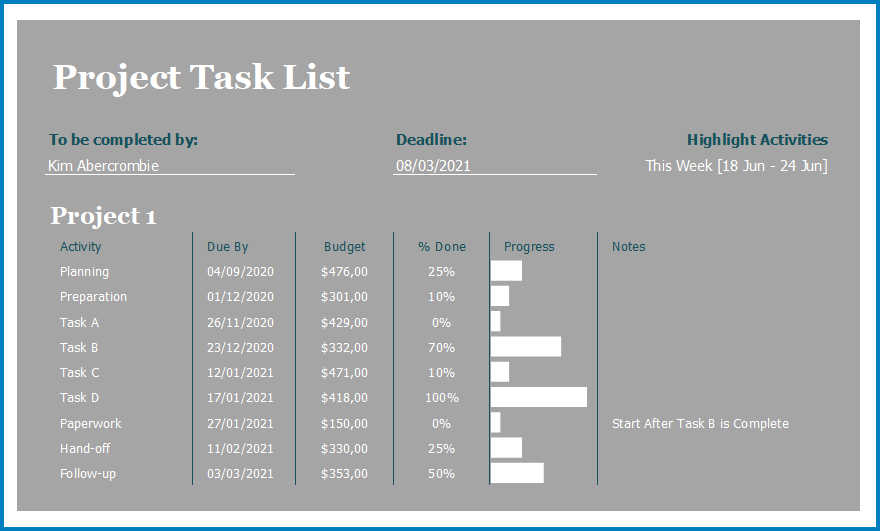What is a project to-do list?
A project to-do list is a comprehensive checklist or task management tool that helps individuals or teams stay organized and on track during a project. It consists of a list of tasks or activities that need to be completed within a specific timeframe. This tool serves as a roadmap, guiding project participants through the various stages and ensuring that nothing is overlooked.
The purpose of a project to-do list is to enhance productivity and efficiency by providing a clear and structured outline of the work that needs to be done. It helps individuals and teams prioritize tasks, allocate resources, and set realistic deadlines. Breaking down complex projects into smaller, more manageable tasks, allows for better planning and coordination. Additionally, a project to-do list enables team members to track their progress, identify any bottlenecks, and make necessary adjustments to meet project objectives.
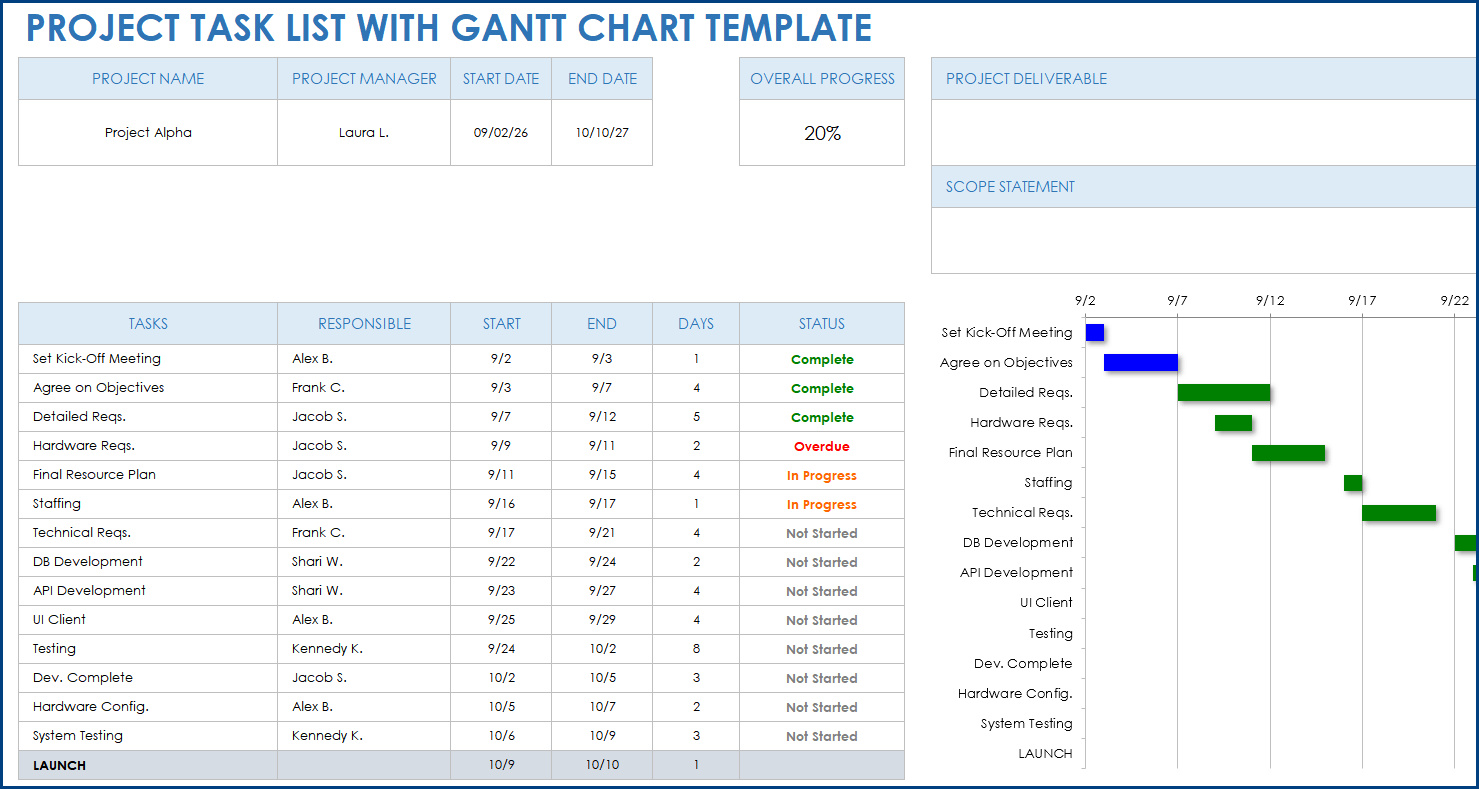
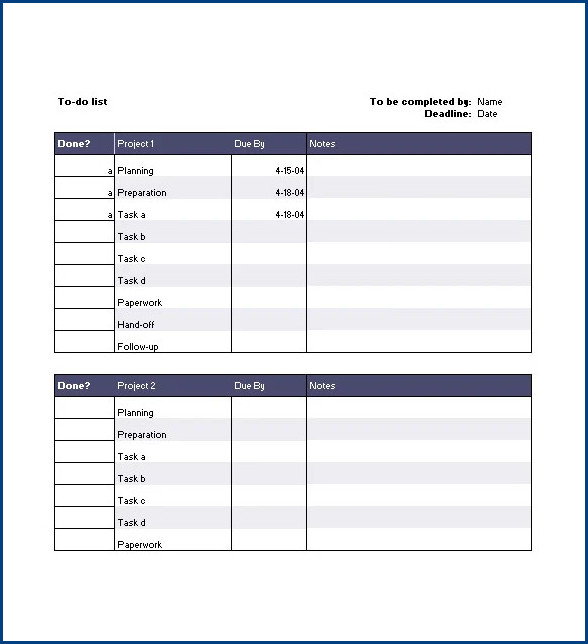
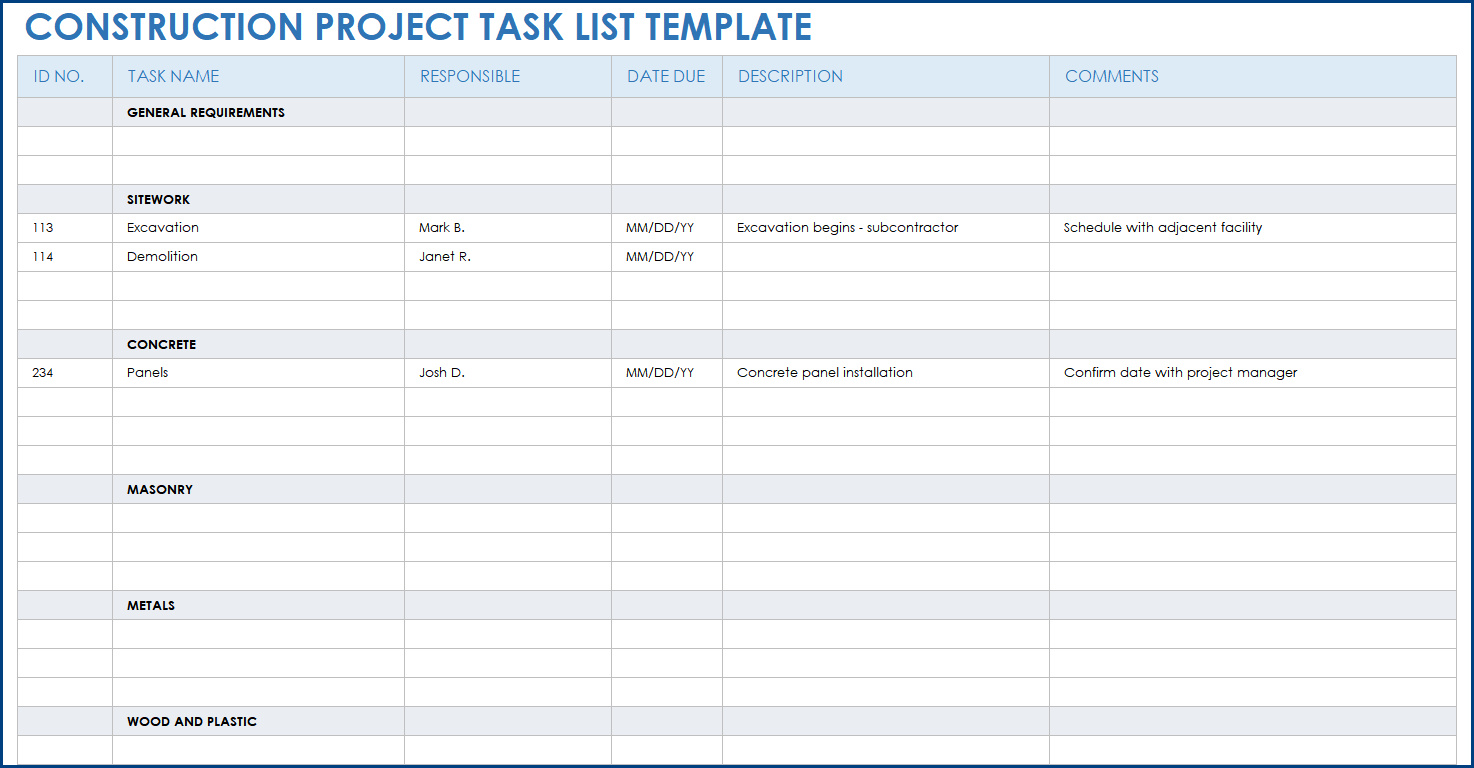
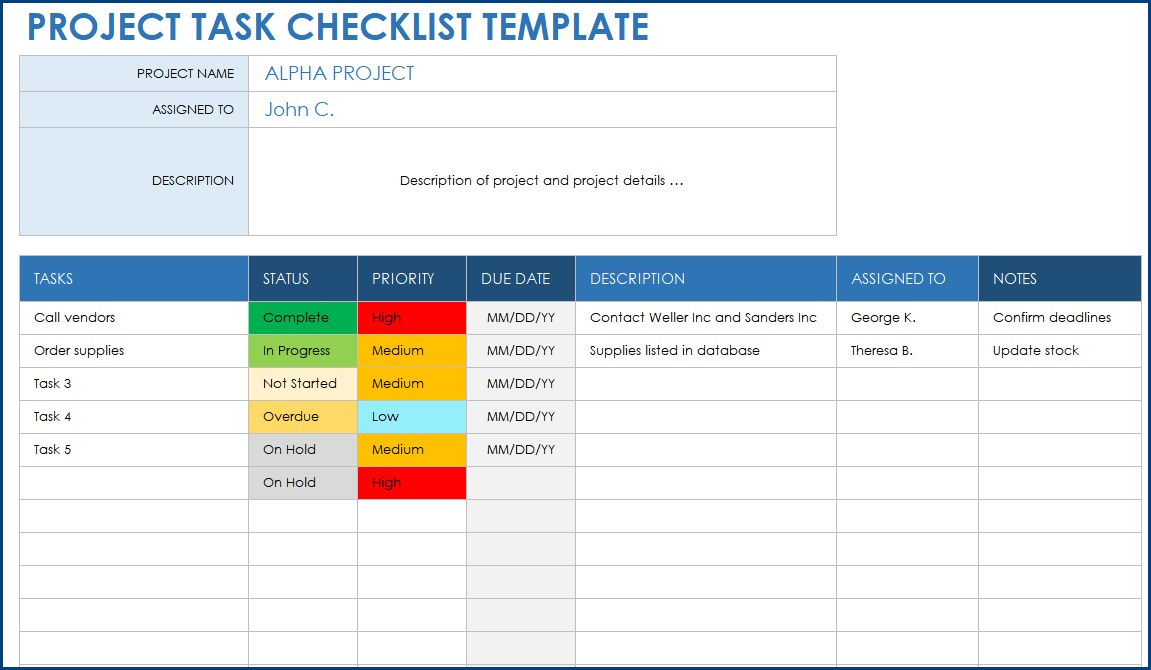
Why is a project to-do list important?
Here are some key reasons why a project to-do list is important and the benefits it offers:
- Organization and clarity: A project to-do list helps in organizing the tasks and breaking them down into manageable chunks. It provides a clear overview of what needs to be done, allowing team members to understand their responsibilities and deadlines. This promotes better coordination and collaboration within the team.
- Task prioritization: With a project to-do list, you can prioritize tasks based on their importance and urgency. By identifying critical activities, you can allocate appropriate resources and ensure that essential tasks are completed on time. Prioritization helps in avoiding bottlenecks and ensures that the project stays on track.
- Time management: A to-do list allows you to allocate time for each task, ensuring that you have a realistic timeline for the project. By estimating the time required for each activity, you can effectively manage deadlines and avoid delays. Time management increases productivity and reduces the chances of missing important milestones.
- Accountability: A project to-do list promotes accountability among team members. Each task is assigned to a specific individual, who is responsible for its completion. This fosters a sense of ownership and ensures that everyone is aware of their role in the project. Accountability leads to increased productivity and higher-quality deliverables.
- Progress tracking: By regularly updating the project to-do list, you can track the progress of tasks and identify any bottlenecks or delays. This allows for timely intervention and adjustment of resources or priorities if necessary. Progress tracking helps in keeping the project on schedule and enables effective communication with stakeholders.
- Flexibility and adaptability: A project to-do list provides a flexible framework that can be adjusted as the project evolves. As new tasks arise or priorities change, the to-do list can be updated accordingly. This enables adaptability and ensures that the project remains aligned with the evolving requirements or constraints.
How to write a project management to-do list
Creating an effective project management to-do list involves several key steps.
- Start by identifying project tasks: Before you can create a to-do list, you need to have a clear understanding of what tasks need to be accomplished. Break down your project into smaller, more manageable tasks that can be easily checked off as they are completed.
- Set priorities: Once you have identified all the tasks, it’s important to prioritize them based on their importance and urgency. Determine which tasks are critical to the project’s success and should be completed first.
- Assign deadlines: Assigning deadlines to each task is crucial for effective project management. Be realistic when setting deadlines, taking into consideration the complexity and duration of each task.
- Organize tasks: Group related tasks together to create a logical flow in your to-do list. This will help you streamline your work and ensure that you don’t overlook any important steps.
- Include dependencies: Consider any dependencies between tasks and make sure to account for them in your to-do list. Identify tasks that must be completed before others can start, and adjust your timeline accordingly.
- Regularly review and update: As your project progresses, it’s important to regularly review and update your to-do list. Add new tasks, remove completed ones, and adjust deadlines as needed to reflect the current status of your project.
Creating a well-structured project management to-do list can greatly enhance your productivity and help you successfully complete your projects. By breaking down tasks, setting priorities, assigning deadlines, organizing tasks, including dependencies, and regularly reviewing and updating your to-do list, you can effectively manage your projects and ensure nothing falls through the cracks. Stay organized and focused by implementing this essential project management tool.
Project To-Do List Template | Excel – Download
